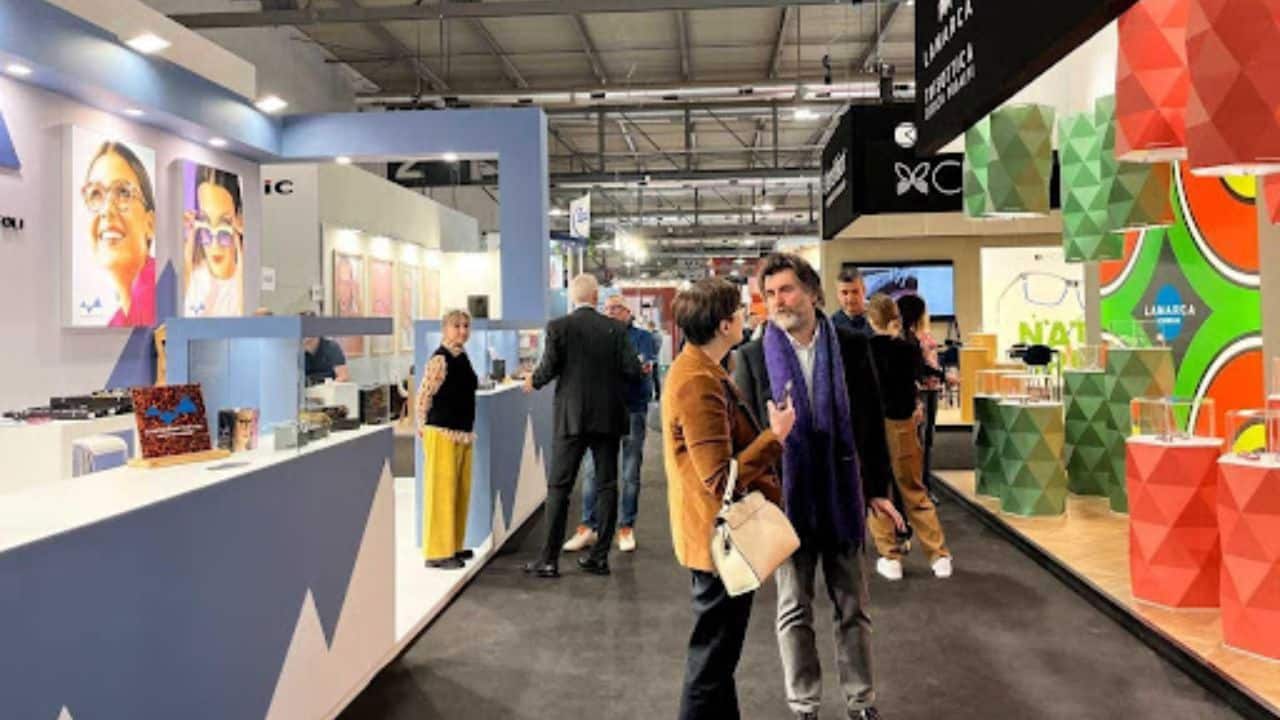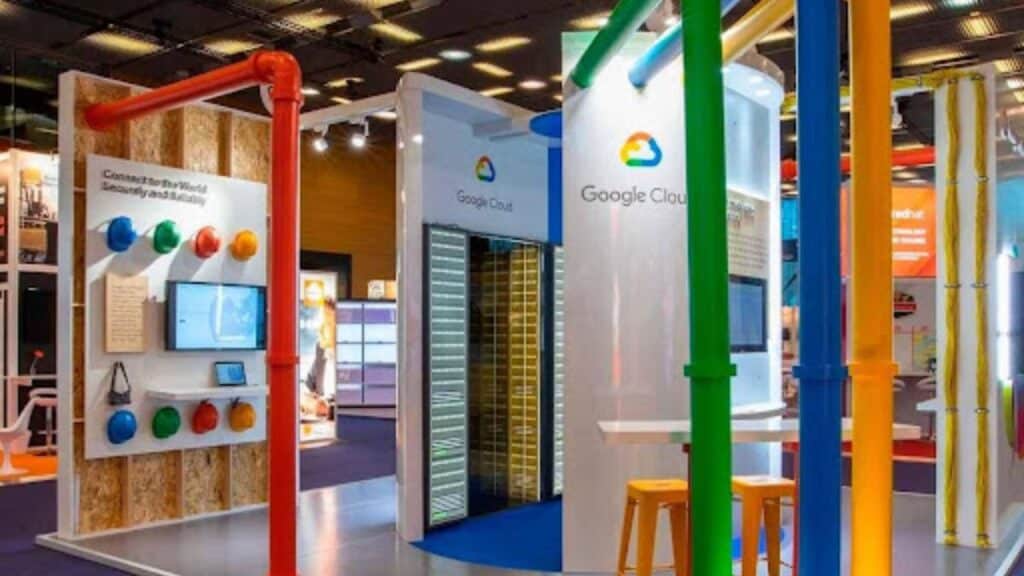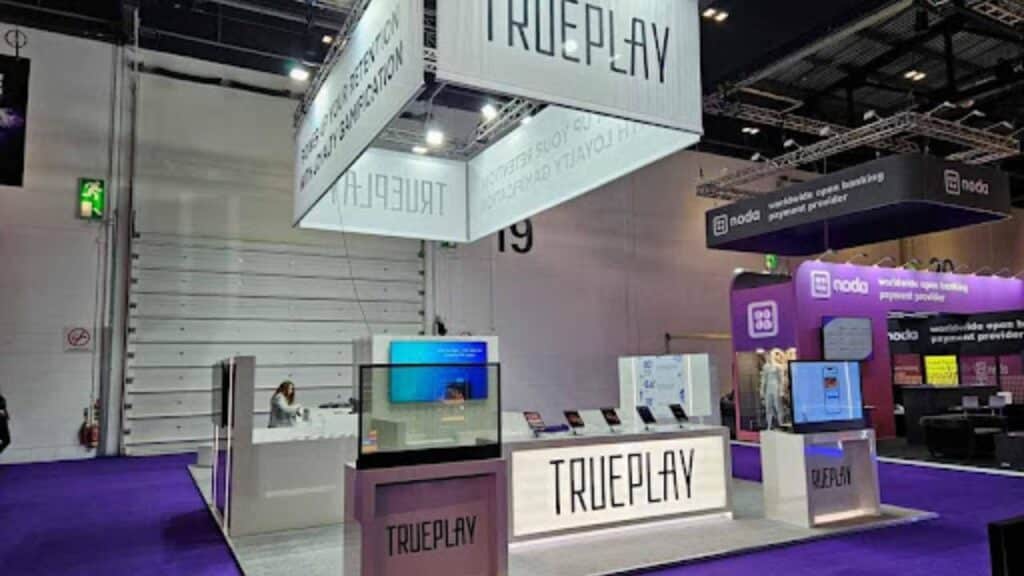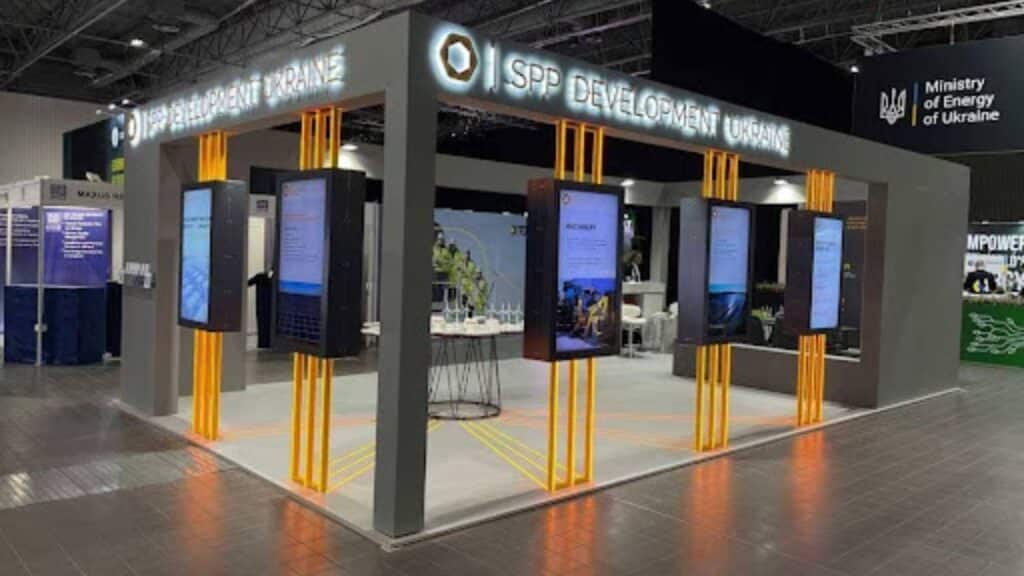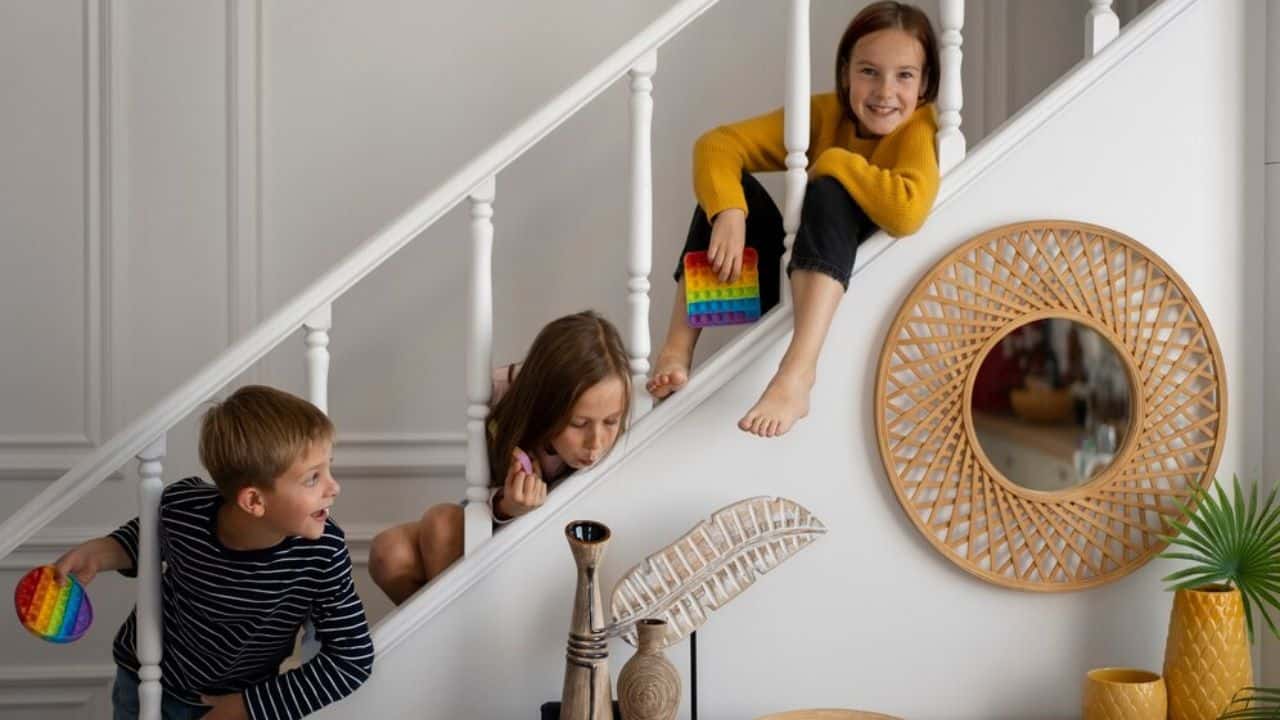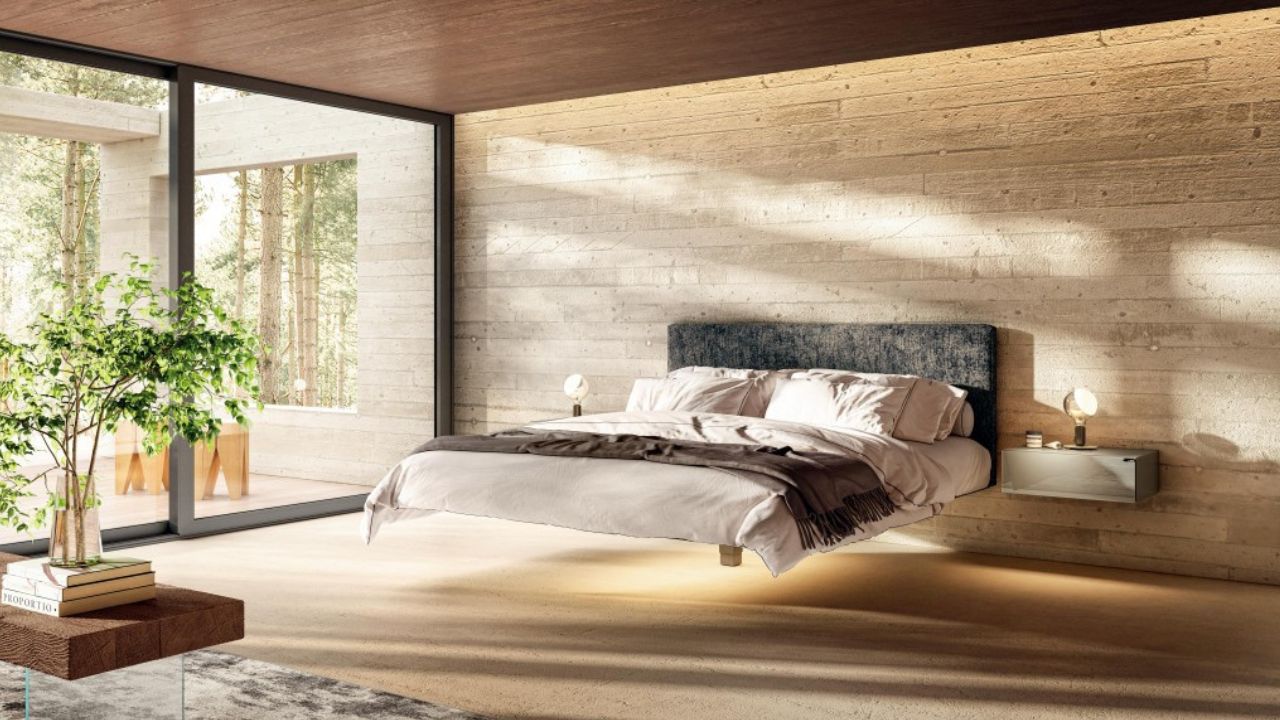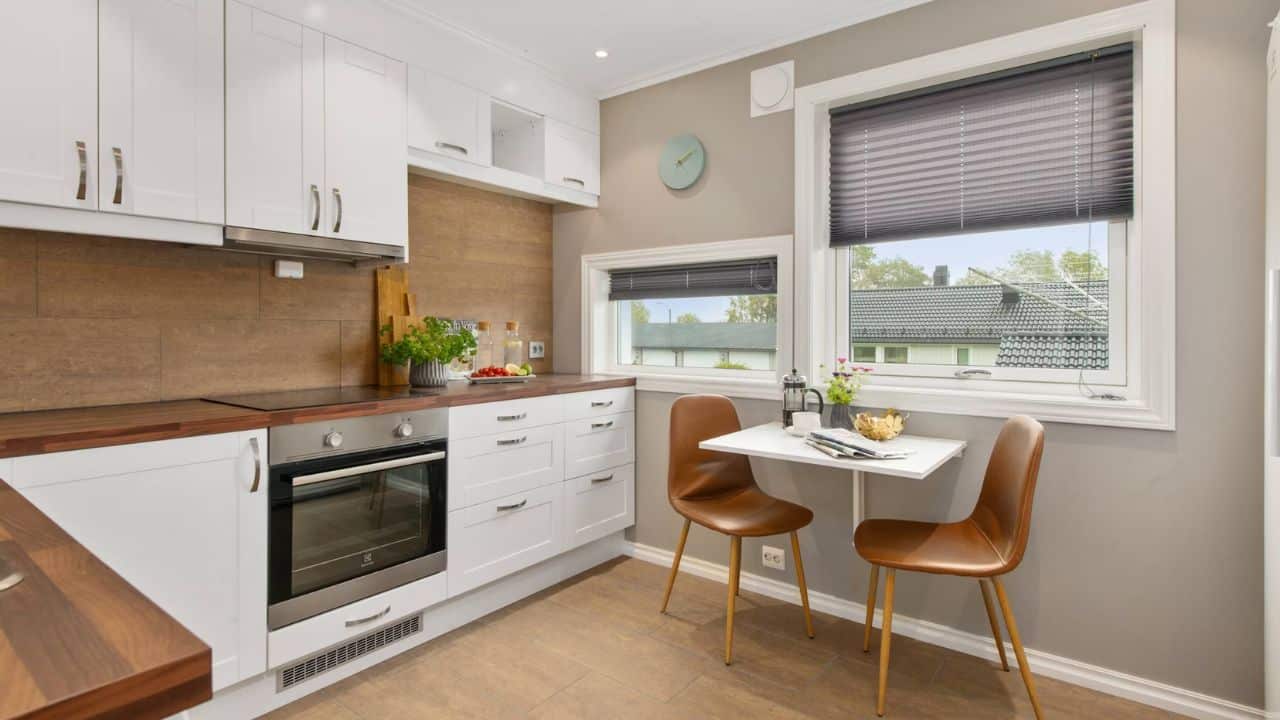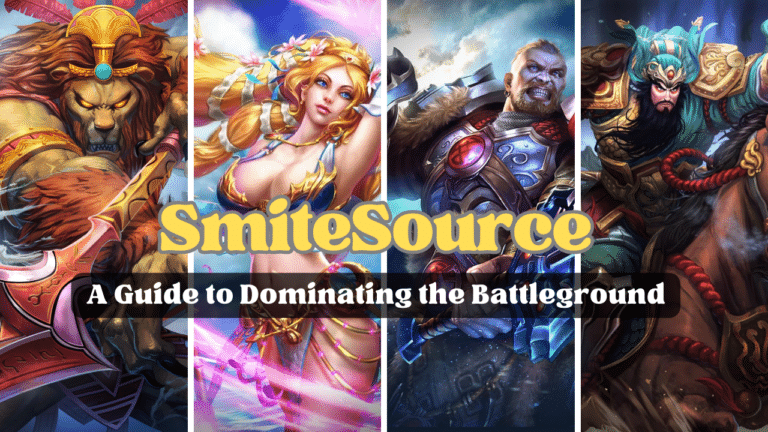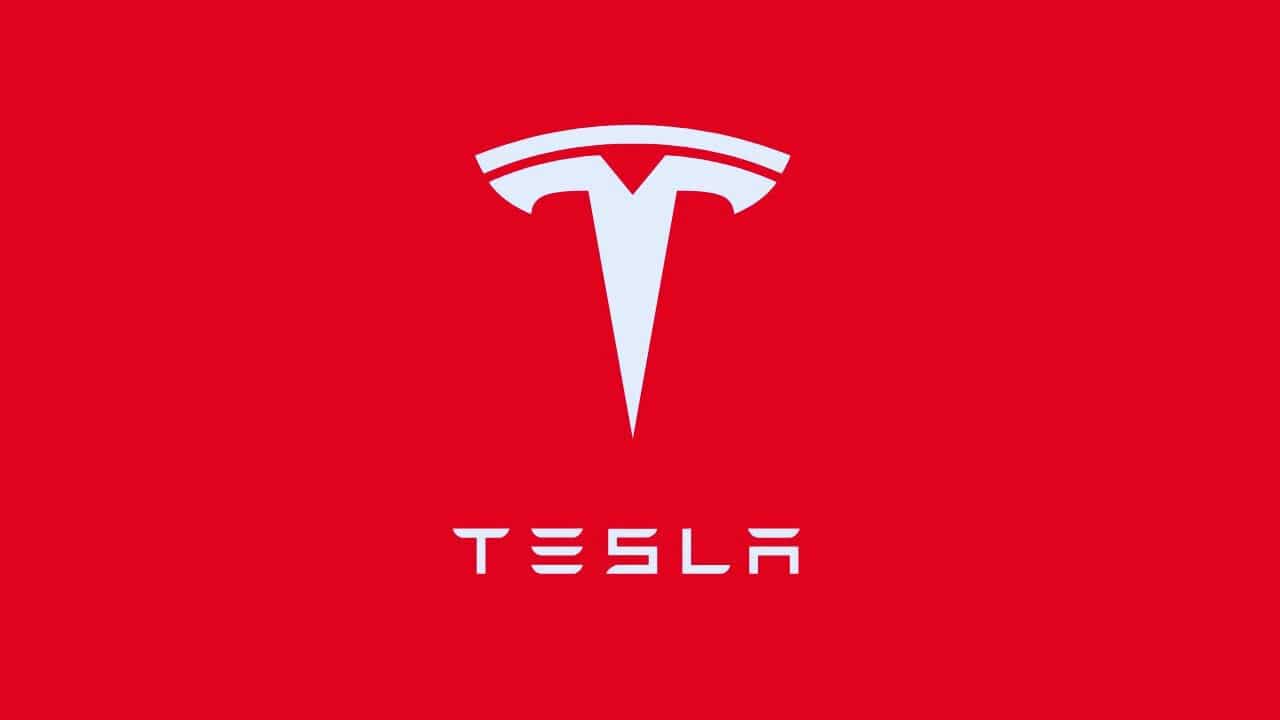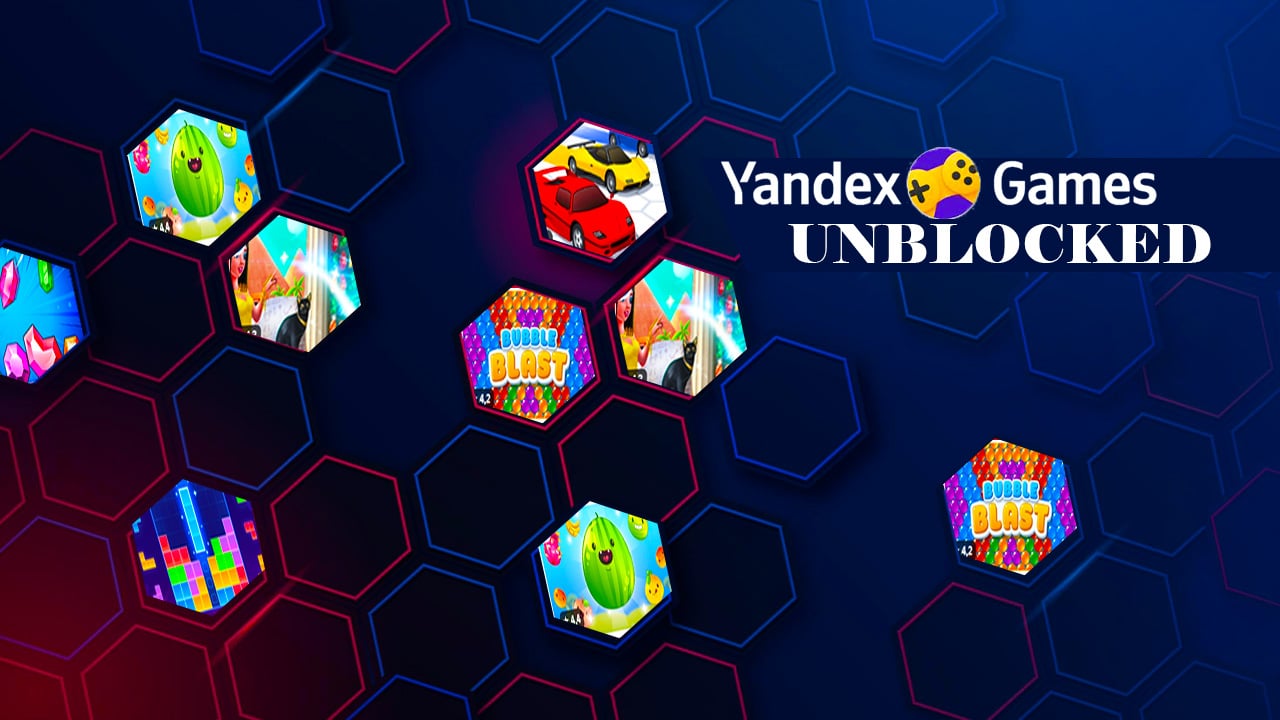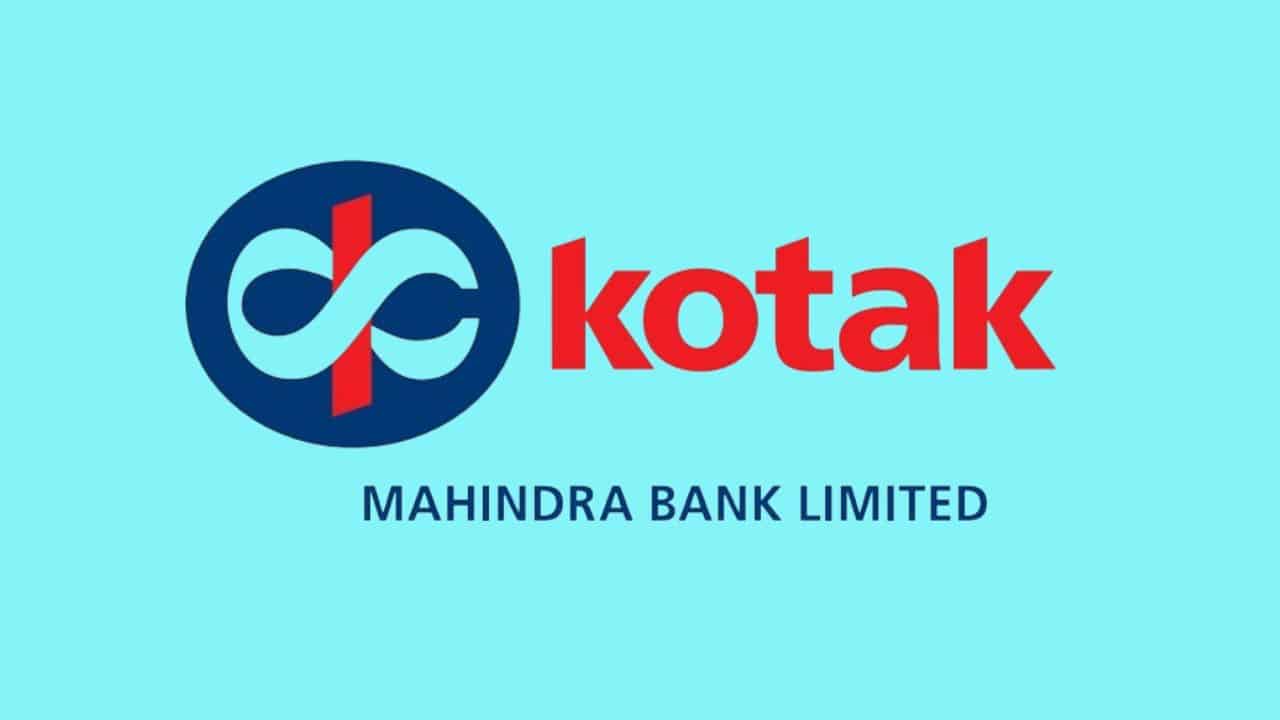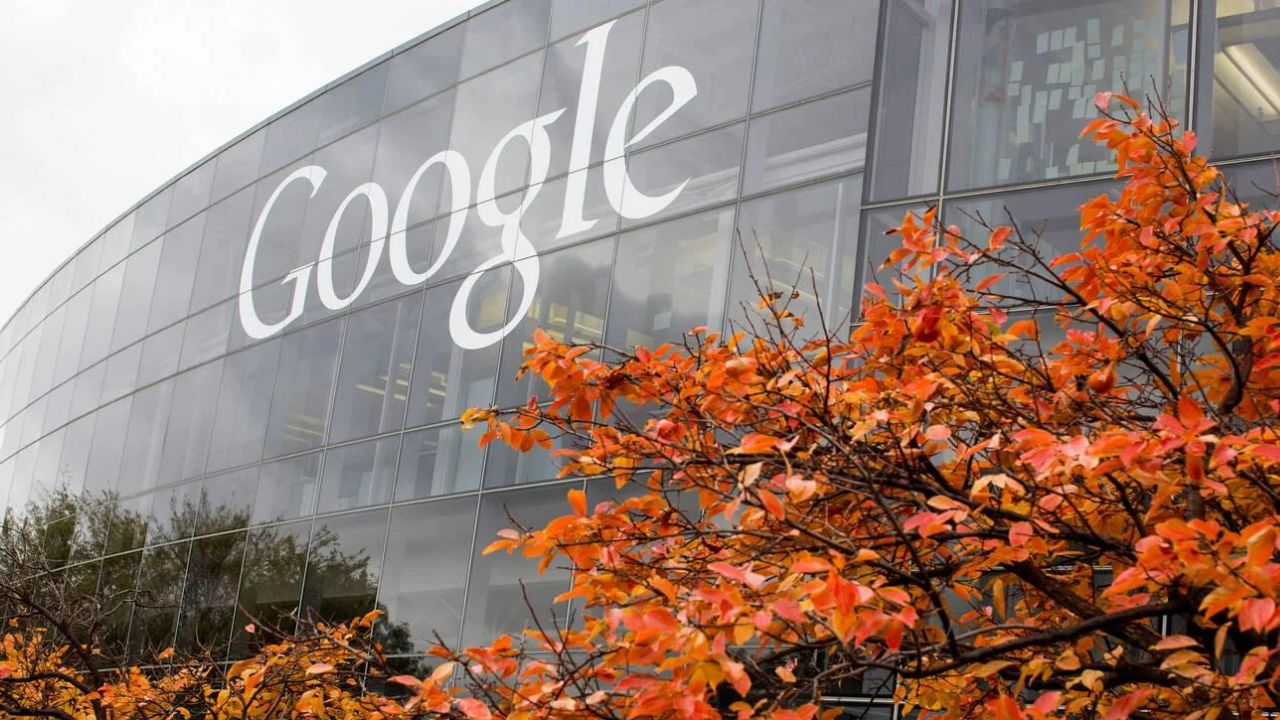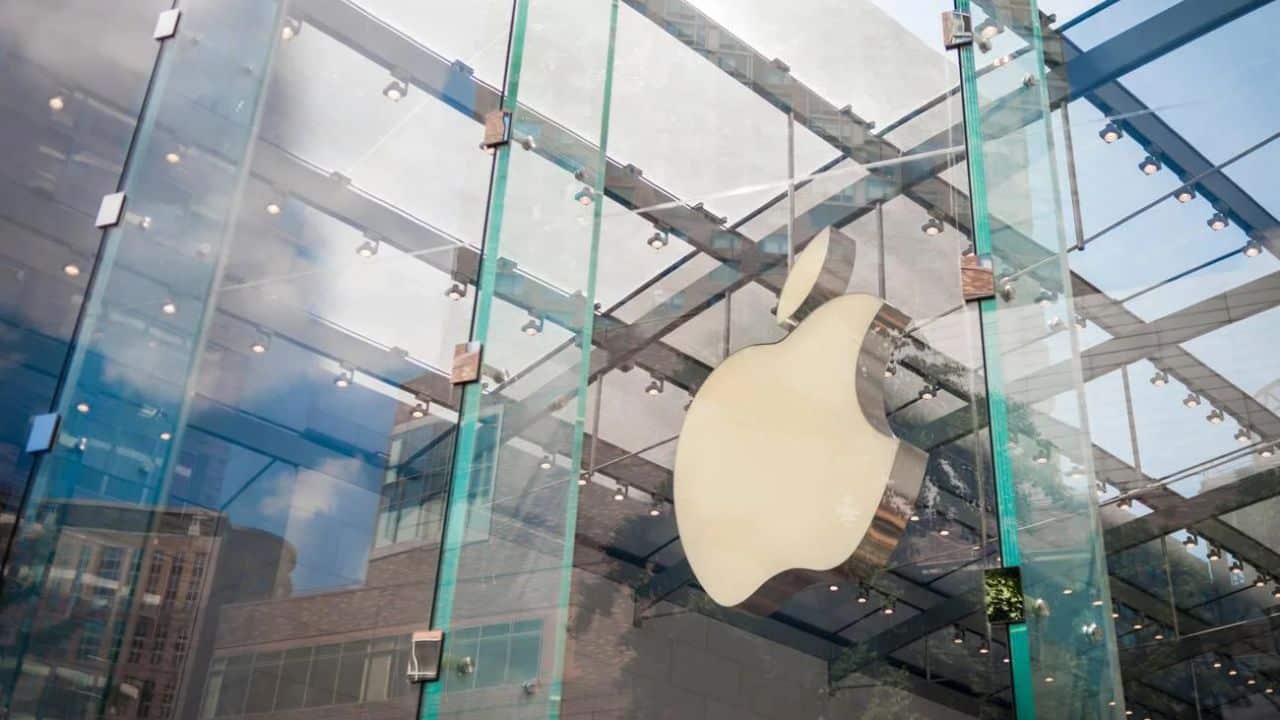In the dynamic realm of marketing and event management, the design of exhibition spaces has undergone rapid evolution, captivating the interest of businesses across industries. This burgeoning fascination underscores companies’ need to stay abreast of emerging trends, ensuring their exhibition endeavors resonate effectively with their target audience. As the competition in exhibitions gets more complex, the capacity to adjust and innovate in stand space design has surfaced as a vital element for successful participation. This article delves into the secrets behind crafting an attractive display area, highlighting key design elements that have proven to captivate and engage consistently.
Analysis of Trends in Exhibition Stand Design
The exhibition stand design is constantly evolving. Current trends reflect a combination of aesthetic appeal, technological integration, and marketing strategies. These trends aim to not only attract attention, but also to create memorable experiences that will stay with visitors long after the event is over. Below, we take a look at some of the major trends driving the design of today’s exhibition spaces.
- Minimalism. The adage “less is more” has gained a strong foothold in the design of trade shows. Minimalism in exhibition stand design concentrates on simplicity and deliberate use of stand space, where every element holds a purpose. This trend emphasizes clean lines, uncluttered spaces, and a monochromatic color palette, often complemented by strategic splashes of color to draw attention to critical areas or products. Minimalism is not only an aesthetic choice, but also a strategic one to reduce distractions and highlight key messages or products.
- Technology Integration. Technology has become an integral part of exhibit design, offering innovative ways to engage and interact with visitors. From augmented reality (AR) and virtual reality (VR) to interactive touchscreens and digital product demonstrations, technology integration can create immersive experiences that transform a static exhibit space into a dynamic, interactive environment. With a carefully considered exhibition stand design and build, this trend not only enhances visitor engagement but also allows exhibitors to convey intricate product information in an appealing and engaging manner.
- Sustainability. With growing awareness of environmental issues, sustainability has become a key trend in exhibition stand design. This includes the use of eco-friendly materials, energy-efficient lighting, and waste reduction. The goal is to minimize the environmental impact of exhibitions and reflect a company’s commitment to sustainability. This trend is not only an ethical choice but also communicates to visitors who value corporate social responsibility.
- Flexibility and modularity. Flexible and modular exhibition stands or elements allow for customizable and adaptable exhibit spaces. This trend reflects the need for spaces that can change during an event or be reconfigured for other purposes. Modular components such as movable walls, adjustable lighting, and modular exhibit modules support this flexibility, making it easier for exhibitors to adapt their spaces to specific needs or audience interaction.
- Experiential spaces. In addition to showcasing products and services, there is a growing trend to create experiential spaces that evoke emotions and create lasting memories. This includes designing immersive environments that tell a brand’s story through interactive installations, sensory experiences (such as smell, sound, and touch), and live demonstrations. The goal of the exhibition stand design and build is to forge a more profound, emotional bond with the audience by transforming the exhibition booth into a narrative journey.
- Bold graphics and vibrant colors. To stand out from the crowd in a bustling exhibit hall, exhibition stand designers are increasingly leaning towards bold graphics and bright colors. Large banners, vibrant color schemes, and attention-grabbing visuals are used to capture interest and impart information powerfully and succinctly on the stand space. This trend underscores the importance of visual impact in creating an attractive display stand.
Overall, current bespoke exhibition stand design trends reflect a shift toward creating more engaging, meaningful, and sustainable experiences for visitors. By embracing these trends, companies can engage their audiences, make stronger connections, and leave a lasting impression.
Basic Principles of Exhibition Stand Design
Exhibition stand design is a complex interaction of various elements, each of which contributes to the overall impact and effectiveness of the exposition. A designer’s understanding and skillful application of these principles can significantly increase a company’s trademark recognition and the level of engagement of the target audience. Therefore, it is important for marketers to clearly task the contractor with the design of the showroom. In this part of the article, we will look at key elements of booth design, such as color, lighting, materials, use of space, and integration of interactive and immersive features, and explain how marketers can leverage these aspects for successful trade show participation.
- Color plays a crucial role in creating a mood and attracting attention. It can influence perception and evoke emotions, making it a powerful tool for logo recognition. Marketers should choose colors that match the brand identity and desired emotional response. For example, blue can evoke trust and professionalism, while yellow can evoke optimism and creativity. Strategic use of color can create a memorable visual identity that will stand out on the show floor.
- Lighting is not just a functional element, it is a critical design element that can highlight key areas, create an atmosphere, and direct the flow of visitors. It can also be used to highlight products or features, draw attention to branding elements, and enhance the overall aesthetic appeal of the space. Innovative lighting solutions such as LED displays or interactive light installations can add dynamism to an exhibition and make the space more interesting. Often, exhibition organizers leave the aisles between stands unlit or use dim lighting to keep the focus on the exhibitors’ stands.
- The selection of materials in design and building reflects a trademark’s ethos and can affect the tactile experience of an exhibition stand space. Eco-friendly materials can signal a commitment to environmental responsibility, while luxurious textures can indicate high quality. Materials also play a crucial role in the durability and portability of displays, which is vital for frequent exhibitors. More often than not, however, marketers are not driven by the aesthetic or tactile characteristics of display materials but by the approved budget for exhibiting at the show. In this case, it is essential to explain to the exhibition stand builder that it is necessary to strike a balance between the budget and the materials used. An experienced stand constructor will be able to offer you a suitable option.
- Efficient use of space is key to creating an attractive and easy-to-navigate exhibition area. This involves carefully planning the layout to provide a logical flow that leads visitors through the exhibit, allowing them to interact with displays and information in sequence. Space should be utilized in a way that facilitates interaction while avoiding overcrowding, ensuring a positive experience for each visitor. This is directly the designer’s challenge. But don’t try to fit everything you might need during the exhibition in a small space. It is also important to maintain the aesthetic appeal of the booth composition. And not every building area can accommodate even a cozy meeting room, not to mention a storage room.
- Incorporating interactive and immersive elements can significantly increase visitor engagement. These can include digital kiosks, virtual reality, hands-on demonstrations, or interactive screens. These elements encourage active participation, leading to longer dwell times and a more profound understanding of the emblem. For example, a car manufacturer might use VR headsets to conduct virtual test drives, immersing visitors in the brand experience. If a trade show booth doesn’t have any screens, it looks inexpensive. Moreover, the visitor’s eye won’t know what to “latch onto” in the hustle and bustle of the exhibition. Therefore, you should not skimp on big screens and video production for the exhibition. Do not rely on your charisma or the experience of your vendors.
Real-life Example of the Success of Display Stand Design
To create an outstanding trade show, it is important not to skimp on all of the above elements of a trade show booth. Investing in high-quality design and technology not only improves logo perception, but can also lead to opportunities for direct engagement and a deeper connection with potential customers.
A prime example of successful exhibition design is the Google I/O conference. Google used bright colors that matched the brand’s palette, innovative lighting to create a welcoming atmosphere, and eco-friendly materials in the booth’s design, highlighting its commitment to sustainability. Interactive installations such as artificial intelligence demos and virtual reality stations provided an immersive experience, making the gallery a highlight of the event and significantly increasing engagement.
Thus, by strategically combining color, lighting, materials and interactive elements in the display area, marketers can create compelling, memorable experiences that attract attention and foster strong connections with audiences.
Integration of Technology into Design
At today’s trade shows, integrating digital technology into design has become a cornerstone for improving visitor interaction and product demonstrations. Virtual reality (VR), augmented reality (AR), and interactive displays have become powerful tools offering immersive experiences that not only captivate audiences but also provide innovative opportunities to showcase products and services. These technologies allow exhibitors to break traditional boundaries by providing a deeper and more engaging connection with audiences. An exhibition is no longer just a product demonstration. Today’s trade fairs are where marketers battle for attendees’ attention.
- Virtual Reality (VR). VR technology creates a fully immersive environment by allowing visitors to see virtual scenarios with a 360-degree viewing angle. This can be especially effective for products or services that are beneficial to showcase in a controlled, immersive environment. For example, a real estate company can use VR to provide virtual tours of facilities, allowing visitors to explore otherwise inaccessible spaces. Similarly, car companies can conduct virtual test drives, allowing visitors to experience the thrill of a new car without leaving the showroom.
- Augmented Reality (AR). AR combines digital elements with the real world to offer a unique interactive experience. Unlike VR, which creates a completely virtual environment, AR overlays digital information onto the physical space, enhancing the real experience with additional layers of interaction. This can be used effectively for product demonstrations, where visitors can see how a product might look or function in a real-world context. For example, a furniture company can use AR to show how a particular piece of furniture would look in a customer’s home, allowing for real-time customization and visualization.
- Interactive Displays. Interactive displays have revolutionized the way information is presented and interacted with at display setap. They can range from touch screens that provide product information to interactive walls that respond to visitor movements or input. Such displays not only serve as an engaging information tool, but also encourage active participation from visitors. For example, a technology company might use interactive touchscreens to allow visitors to explore the features of a new software platform, while an educational institution might use interactive maps to showcase campus facilities and programs.
Integrating these technologies into exhibit design not only enhances the visual appeal of the space, but also greatly improves visitor interaction. By engaging beyond sight and sound, these technologies create memorable experiences that can lead to a stronger connection with a brand. They can also showcase products or services in ways that are not possible with traditional methods, providing a clearer and more complete picture of the offering.
Exhibition Stand Branding
Integrating a brand into exhibition stand design is not simply a matter of aesthetic appeal; it is a strategic imperative to ensure instant recognition, foster emotional engagement and enhance the overall impact of a brand’s presence at any event. This process involves deliberately applying the trademark’s visual and emotional identity to every aspect of booth design – from the architecture to the color scheme, from the interactive elements to the materials used. The goal is to create a space that not only embodies the emblem ethos, but also resonates with visitors on a deeper and more meaningful level.
- Brand identity and stand design. The cornerstone of effective exhibition stand branding lies in the seamless integration of brand identity within the stand space. This means embodying the core values, messages and personality of the brand in the physical space. The design should be a 3D representation of the mark, making it recognizable at a glance. This requires consistent use of the logo, color palette, typography and imagery throughout the booth. The idea is to ensure that every visitor, regardless of their familiarity with the brand, leaves with a clear understanding of what it stands for and offers.
- Emotional engagement is a critical component of exhibition stand branding. The design and build should not only draw attention, but also stimulate certain emotions and associations with the audience. This can be realized through the tactical use of colors, lighting, and materials in stand space that resonate with the brand’s emotional appeal. For example, a trademark that prides itself on being environmentally friendly can use natural materials and greenery in its booth to evoke a sense of calm and environmental responsibility. In addition, incorporating elements that encourage interaction – through technology, tactile sensations or personal interaction – can greatly enhance a brand’s emotional resonance with its audience. These interactions help create memorable experiences that attendees associate with the brand long after the event is over.
- Coherence and cohesion. Achieving a cohesive and consistent brand presentation requires careful planning and execution. Every element of the booth, from the smallest signage to the overall layout, must be coordinated with the brand identity. This consistency ensures that the brand’s message is clear and consistent, reinforcing brand recognition and memorability. It also helps the brand stand out in a crowded exhibit hall, making it easier for visitors to find and interact with the booth.
- Real-life applications. A prime example of successful exhibition stand branding is Apple’s presentations at technology events. Apple booths are renowned for their minimalist design that reflects the simplicity and elegance of their brand and products. The use of white and clean lines as well as interactive displays and open spaces invites visitors to experience their products firsthand, creating a direct emotional connection to the brand.
Thus, integrating the company into the booth design is a critical strategy to ensure recognition and foster emotional engagement with the audience. By thoughtfully applying visual and emotional brand identity to every aspect of the booth, companies can create a powerful and memorable presence that resonates with visitors and reinforces the firm’s message.
Examples of Successful Exhibition Spaces
Successful exhibit area are those that leave a lasting impression on visitors by skillfully combining brand personality with innovative design elements to drive engagement, convey information, and create memorable experiences. Here are a few examples of how different design solutions can contribute to the success of an exhibit space.
1. Exhibit Modular Exhibition Interactive Technology Showcase
A leading gaming company opened a showroom that was an example of striking interactive design. The centerpiece was a large interactive transparent touch screen wall that allowed visitors to explore the company’s ecosystem of products in a highly engaging, intuitive way. Surrounding the interactive wall were a variety of screens that provided an immersive experience and highlighted the company’s latest product innovations.
Interactivity: The use of touch screens made the space highly engaging, encouraging visitors to participate rather than passively watch actively.
Thematic consistency: The futuristic look of the booth, with its flowing lines and monochromatic color scheme, reinforced the company’s emblem of advanced technology.
Educational Value: Each interactive experience was designed not only to entertain, but also to educate visitors about product features and benefits, adding value to the visit.
2. Clear Booth Visuals and Award for Best Design
A Ukrainian company participated in an exhibition in Poland. The company used the display area to put a single emphasis on what it wanted to show its audience. The lighting of the booth was designed to attract the attention of people passing by the booth. The lack of standard shelving and products also made the design stand out from other companies in the booth. The booth looked especially bright in the evening when the lighting highlighted it even more.
Visual presentation: Treating the company’s slogans as works of art added value and emphasized the brand’s commitment to design and quality.
Lighting: Strategic lighting effectively showcases the products and creates an atmosphere that matches the brand’s innovative style.
Spatial layout: The gallery-style design encouraged exploration and engagement by allowing visitors to appreciate the aesthetics and details of the products in a contemplative environment.
These examples illustrate how thoughtful design decisions can transform showcases into powerful brand expressions that engage, educate, and inspire visitors. By aligning venue design with brand identity and values, companies can create successful expo spaces that leave a lasting impression on audiences.
In summary, exhibit design is a multifaceted task beyond simple aesthetic appeal. It involves a strategic combination of site selection, technology integration, branding, and the use of design principles that resonate with the brand’s identity and values.
Integrating digital technologies such as VR, AR, and interactive displays has revolutionized how companies interact with their audiences, offering new ways to engage and inform. However, careful site selection and space optimization in the showroom can have a significant impact on traffic and visitor engagement. In addition, embodying brand ethics in booth design provides instant recognition and fosters an emotional connection with the audience, enhancing the show’s overall impact.
The key takeaway for marketers and event managers is integrating these elements into a holistic design strategy. By doing so, they can strengthen their brand’s presence in a crowded exhibition environment and create a deeper connection with the audience. A showroom’s success, therefore, lies in its ability to combine functionality, innovation, and brand personality in a seamless and engaging interaction with visitors.
As the exhibition landscape evolves, keeping up with the latest trends and technologies will be critical for companies looking to stand out. The examples in this article inspire and demonstrate the limitless possibilities when creativity meets strategic design. The future of exhibit design promises even more opportunities for brands to showcase their uniqueness and connect with audiences meaningfully.

